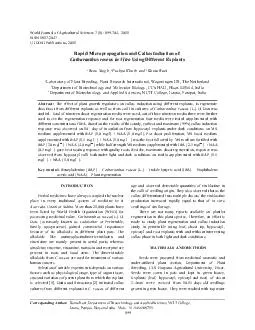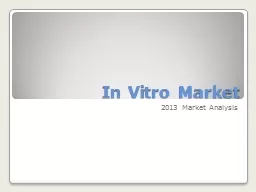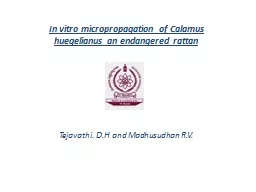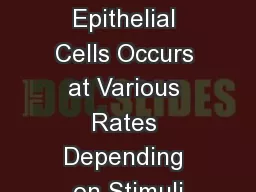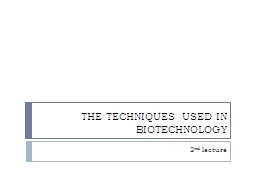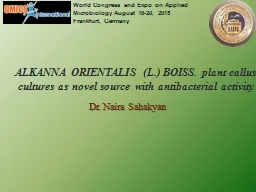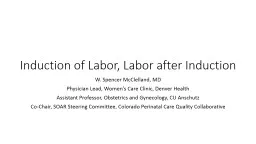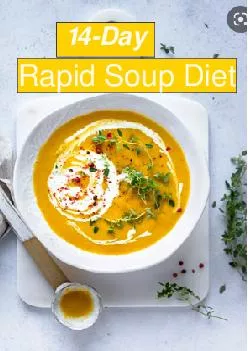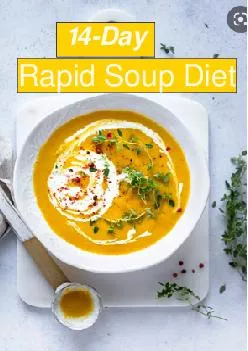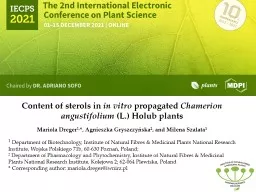PDF-Rapid micro propagation and callus induction of catharanthus roseus in the vitro using
Author : tatyana-admore | Published Date : 2017-07-12
brPage 1br DWKDUDQWKXV57347URVHXV57347LQ573479LWUR brPage 2br 57463574455745857445 574535744157449574545746057441574495745457445574445
Presentation Embed Code
Download Presentation
Download Presentation The PPT/PDF document "Rapid micro propagation and callus induc..." is the property of its rightful owner. Permission is granted to download and print the materials on this website for personal, non-commercial use only, and to display it on your personal computer provided you do not modify the materials and that you retain all copyright notices contained in the materials. By downloading content from our website, you accept the terms of this agreement.
Rapid micro propagation and callus induction of catharanthus roseus in the vitro using: Transcript
Download Rules Of Document
"Rapid micro propagation and callus induction of catharanthus roseus in the vitro using"The content belongs to its owner. You may download and print it for personal use, without modification, and keep all copyright notices. By downloading, you agree to these terms.
Related Documents

